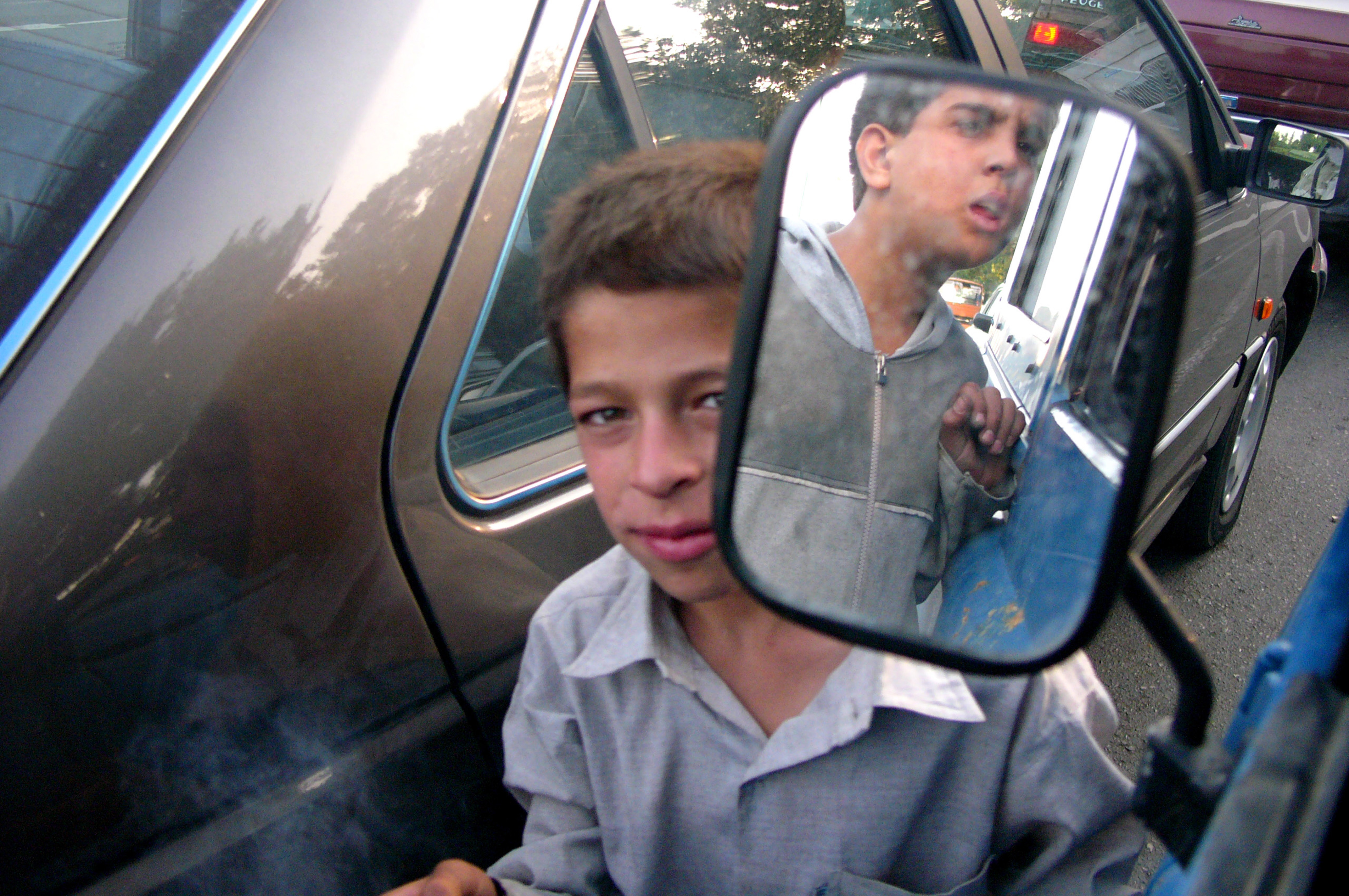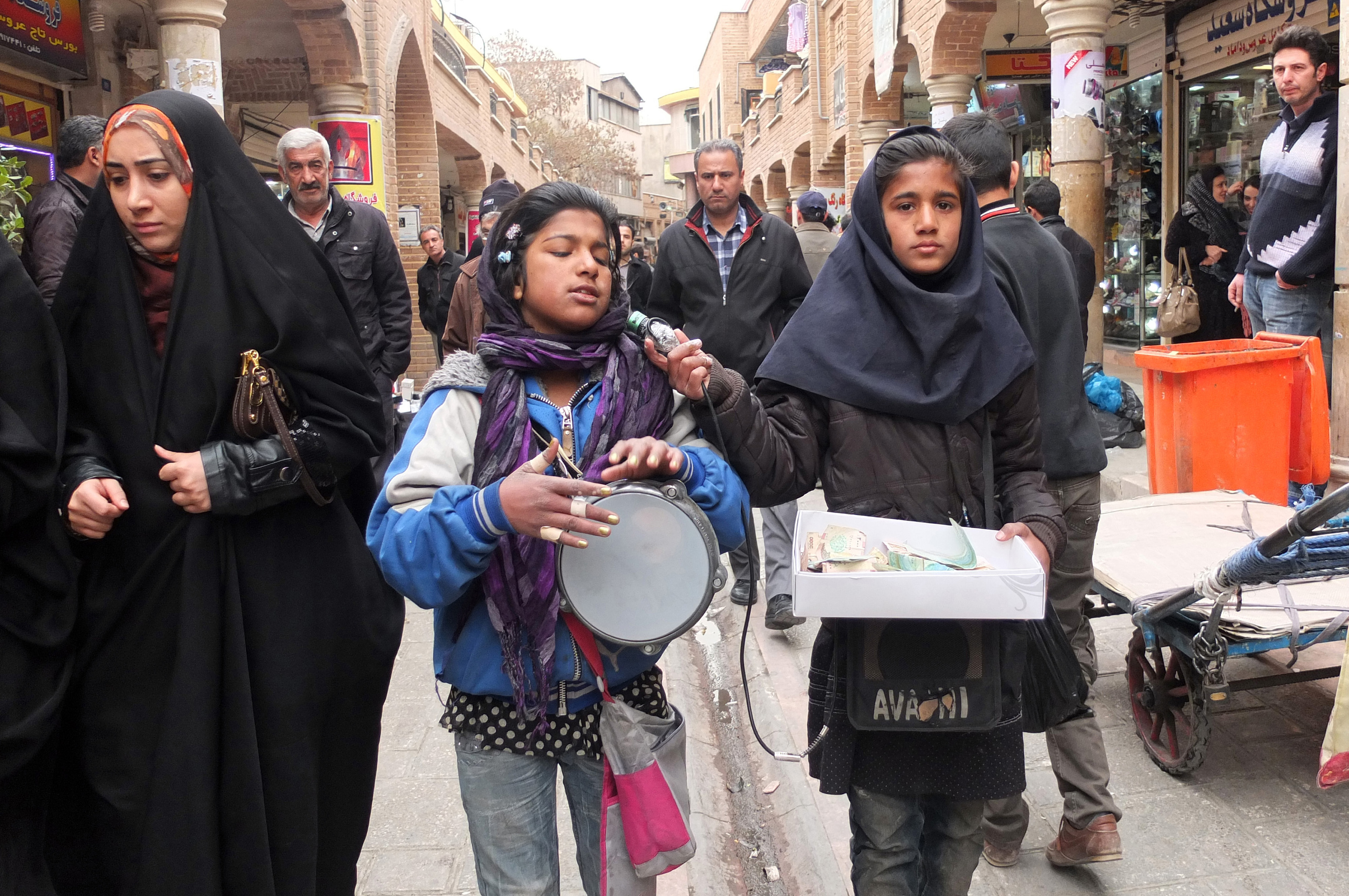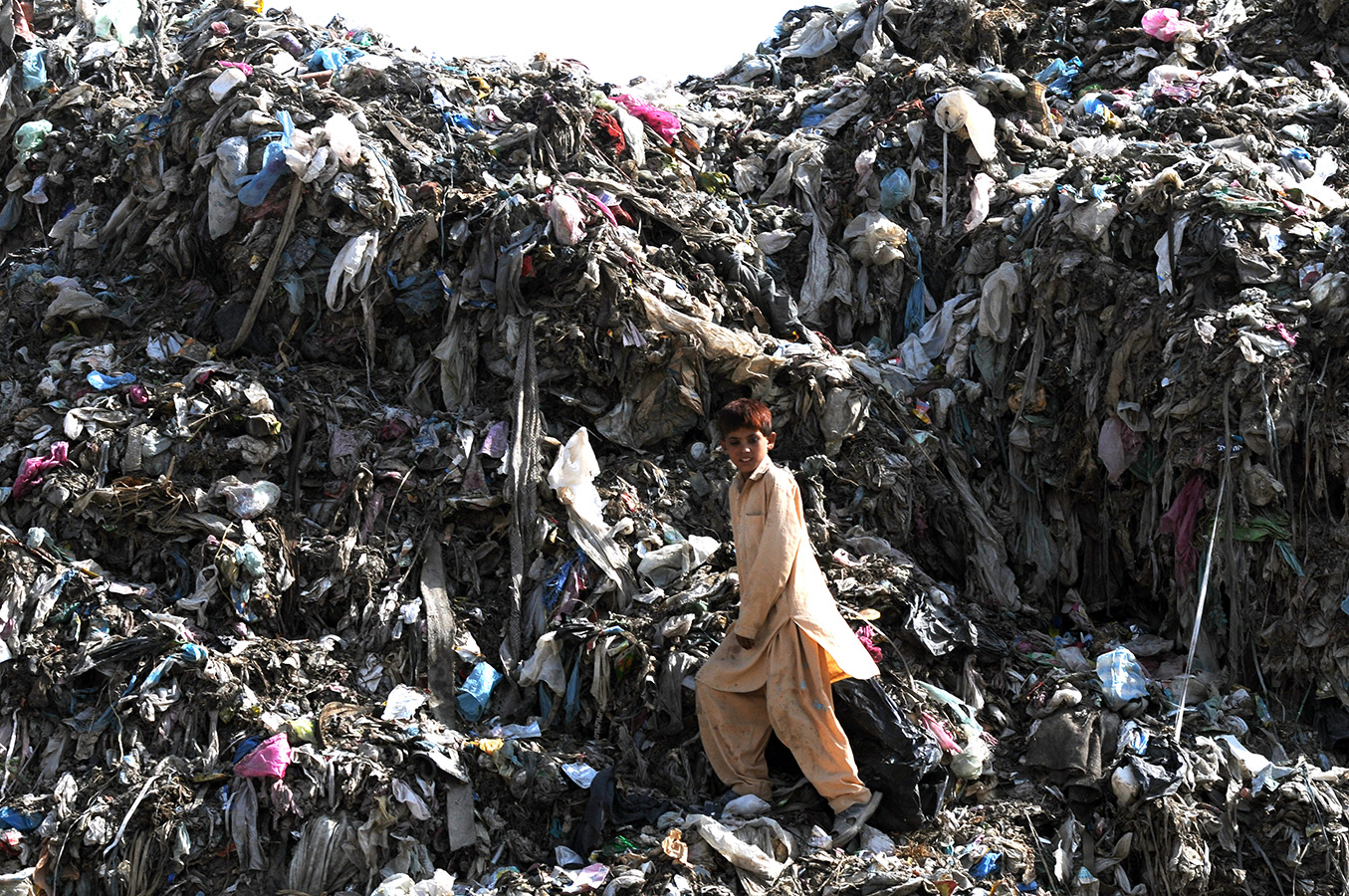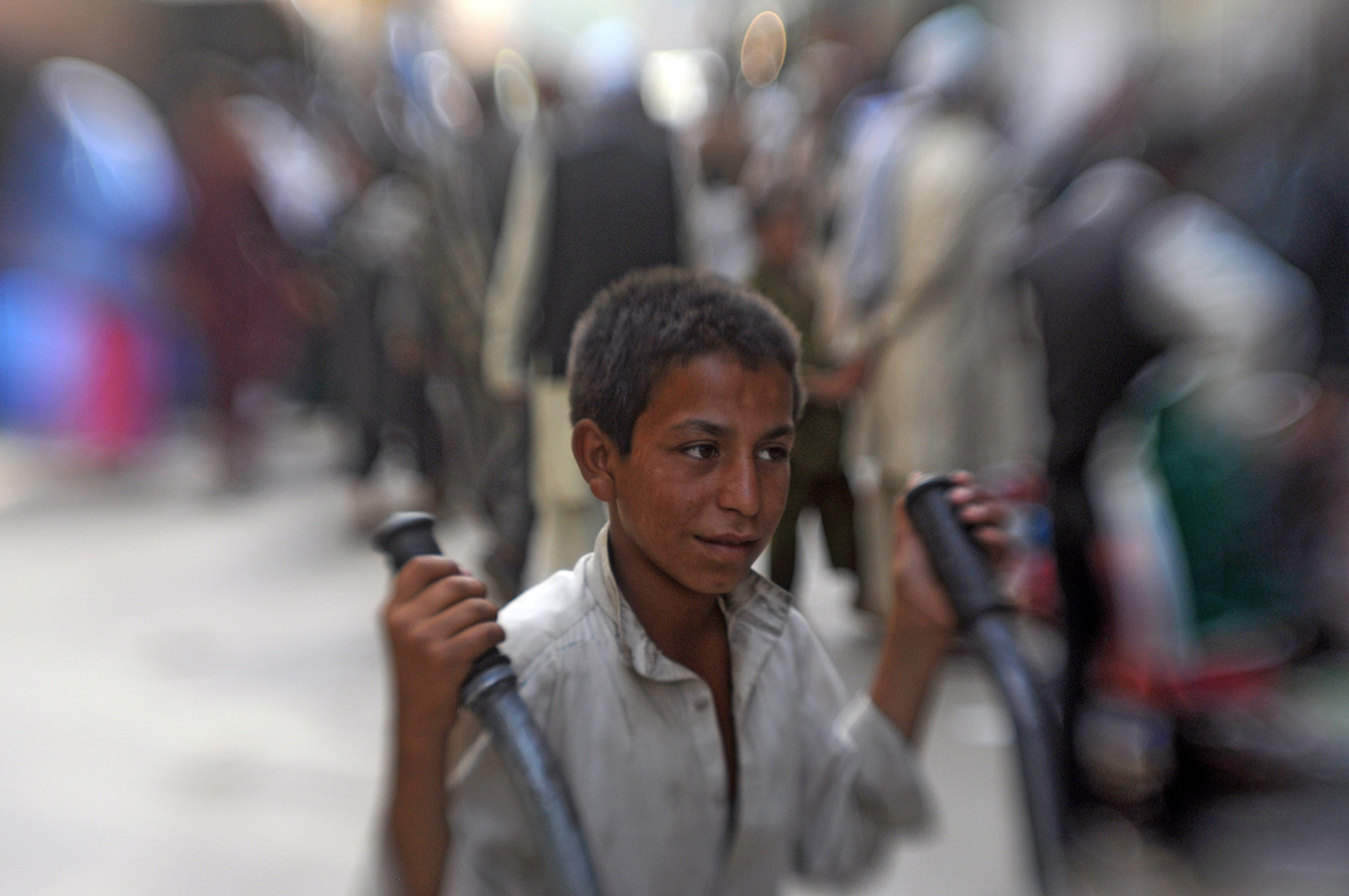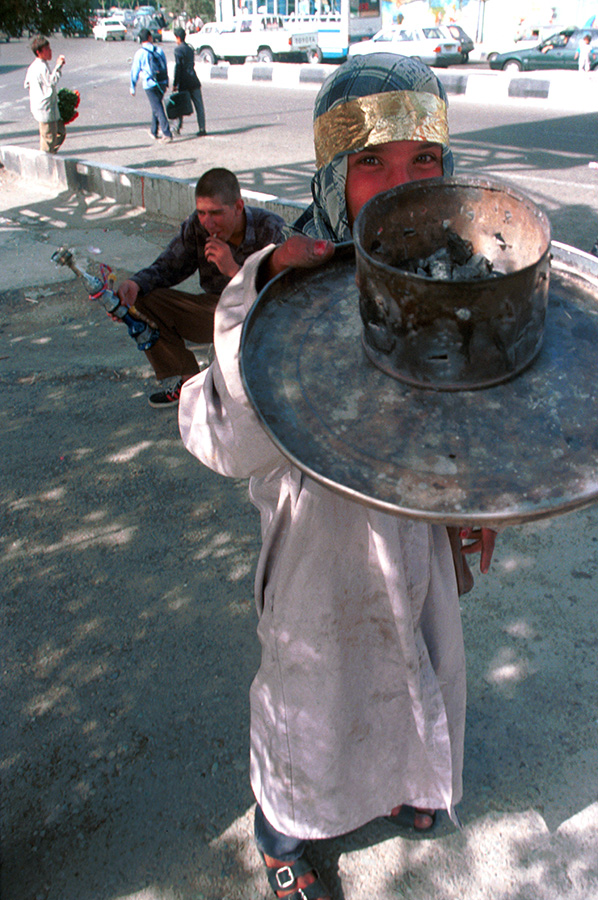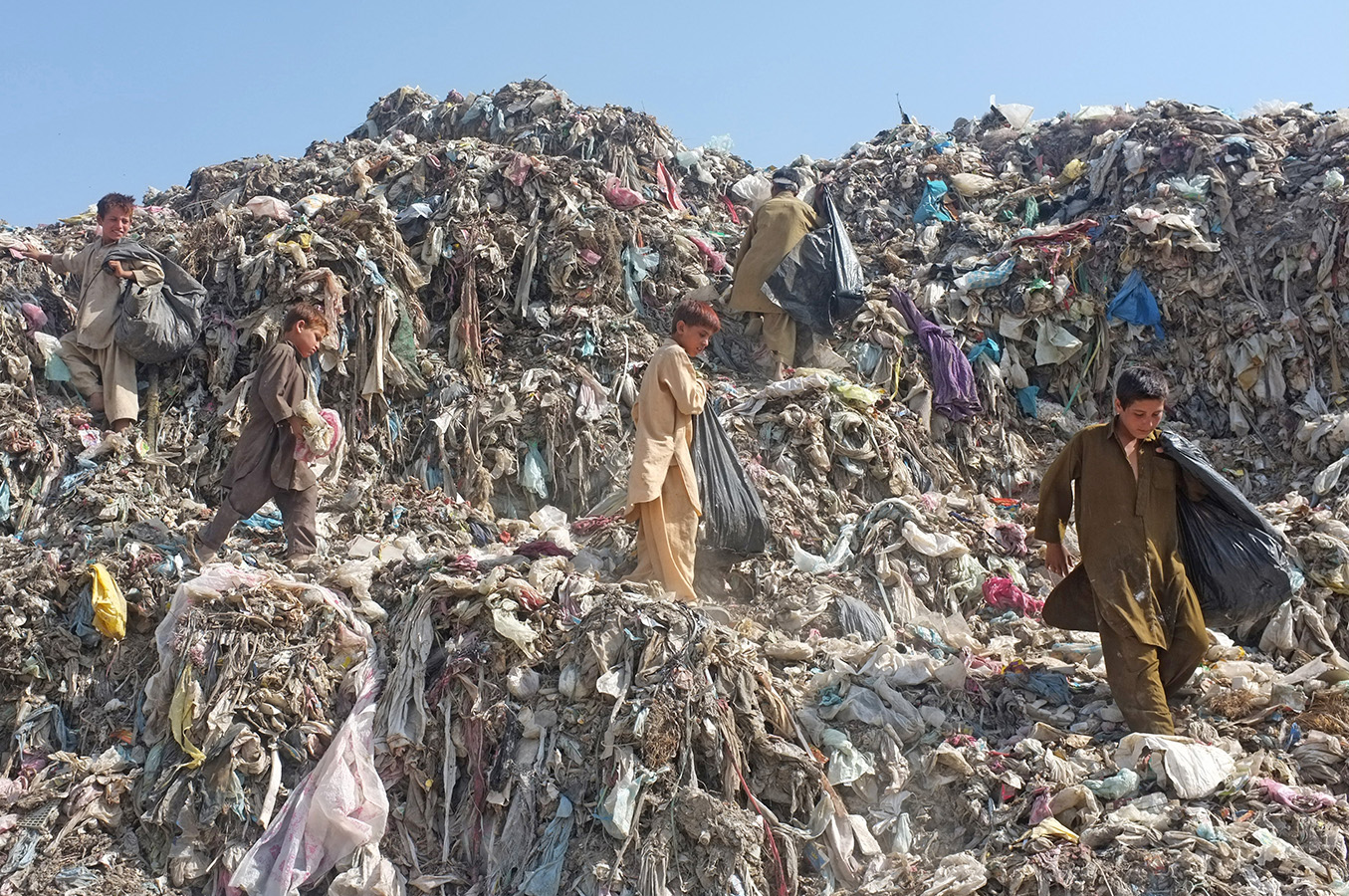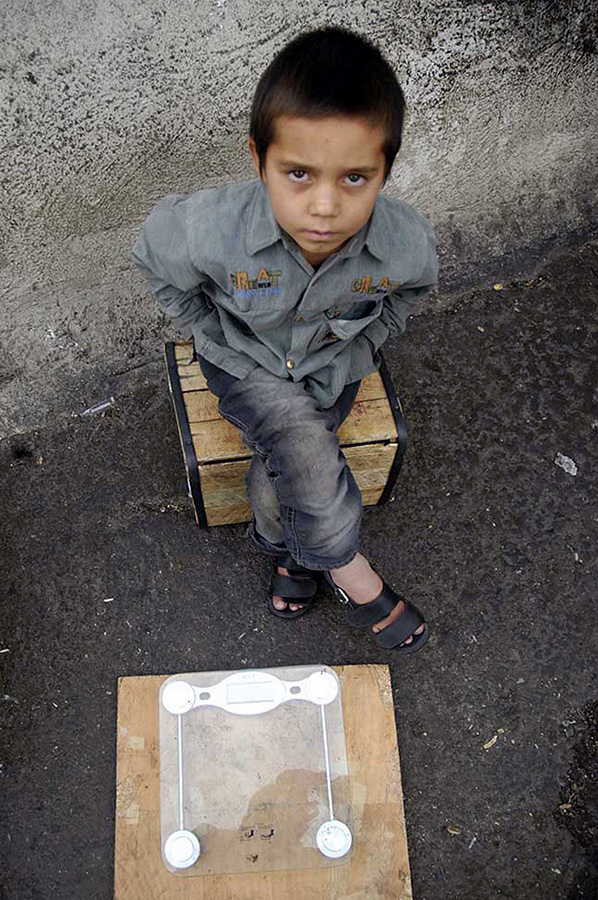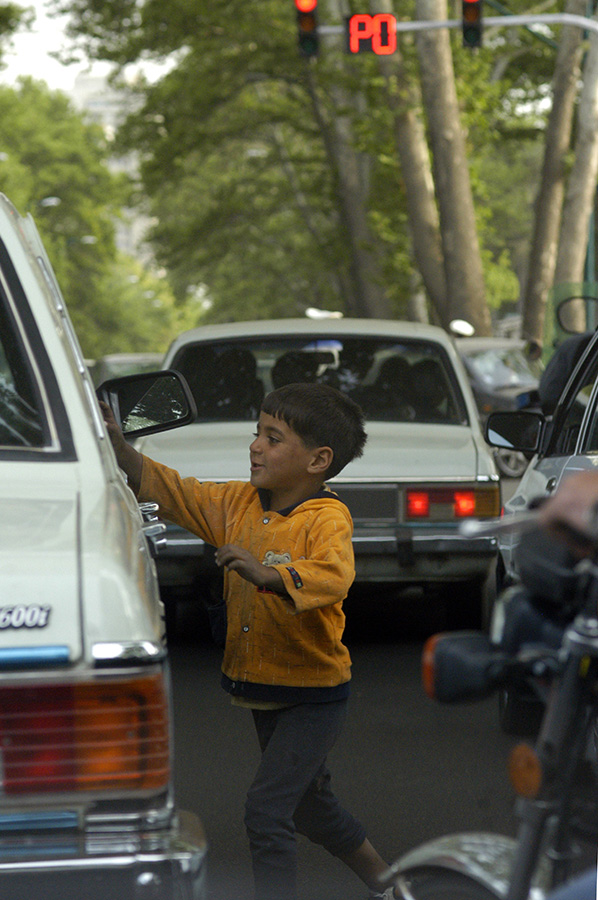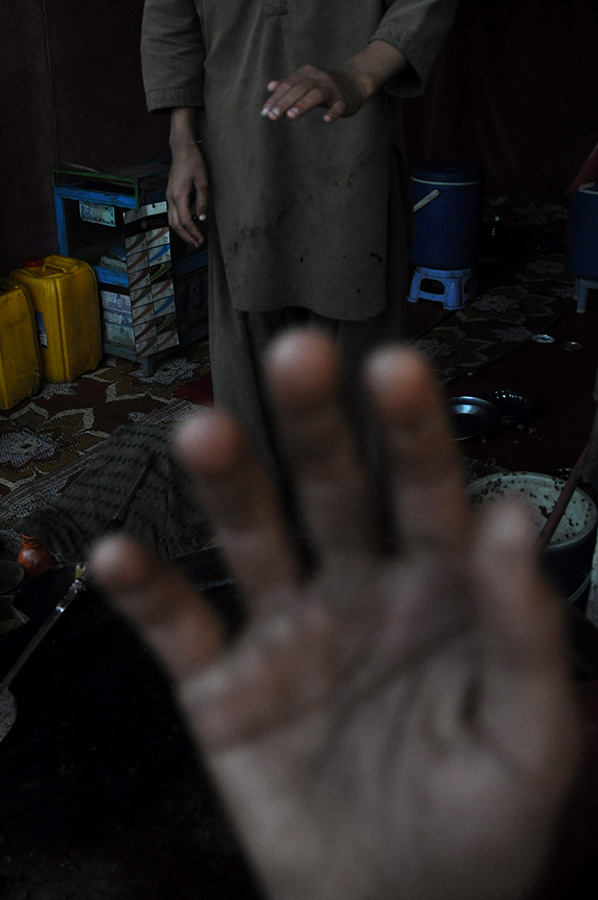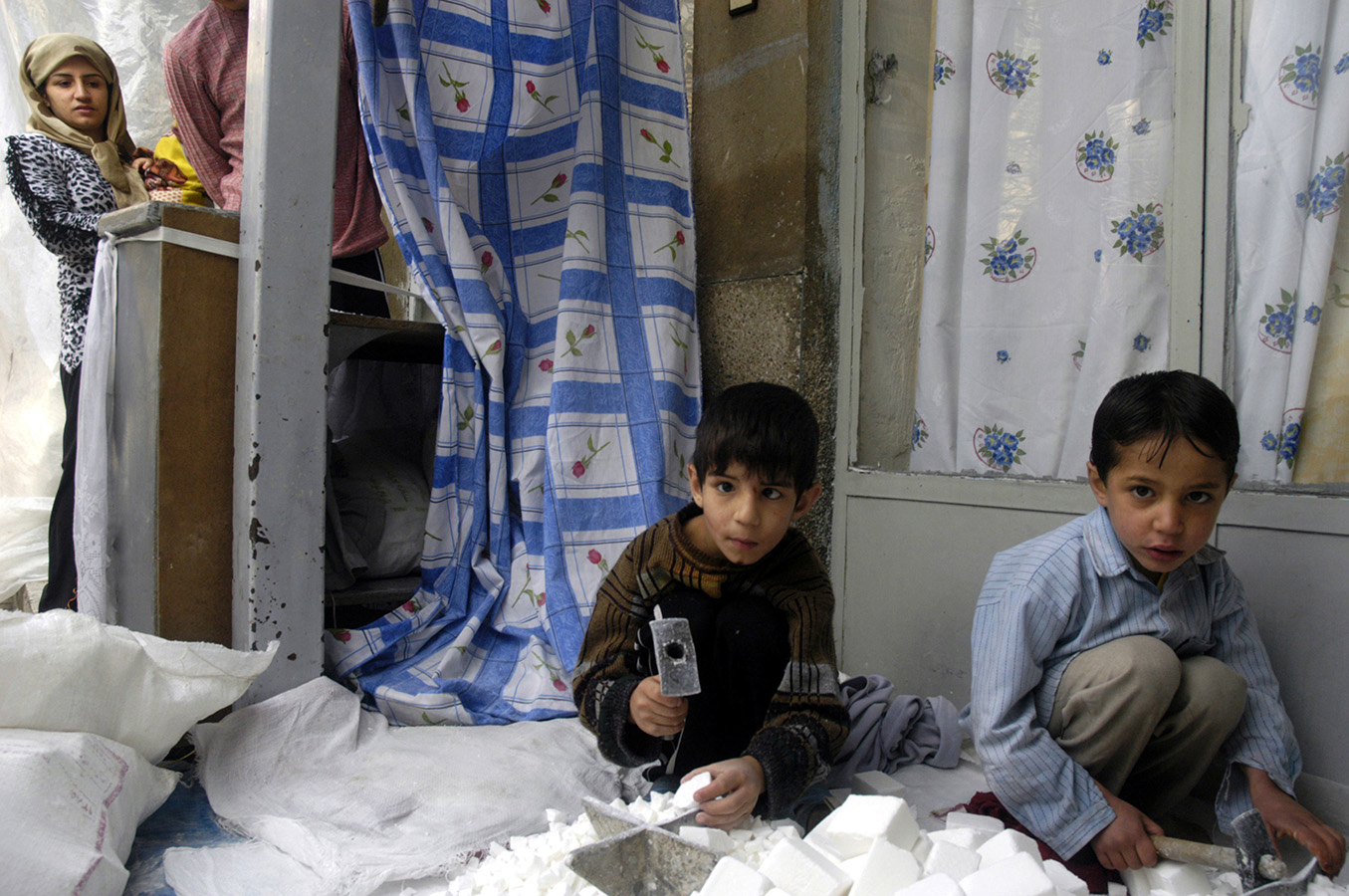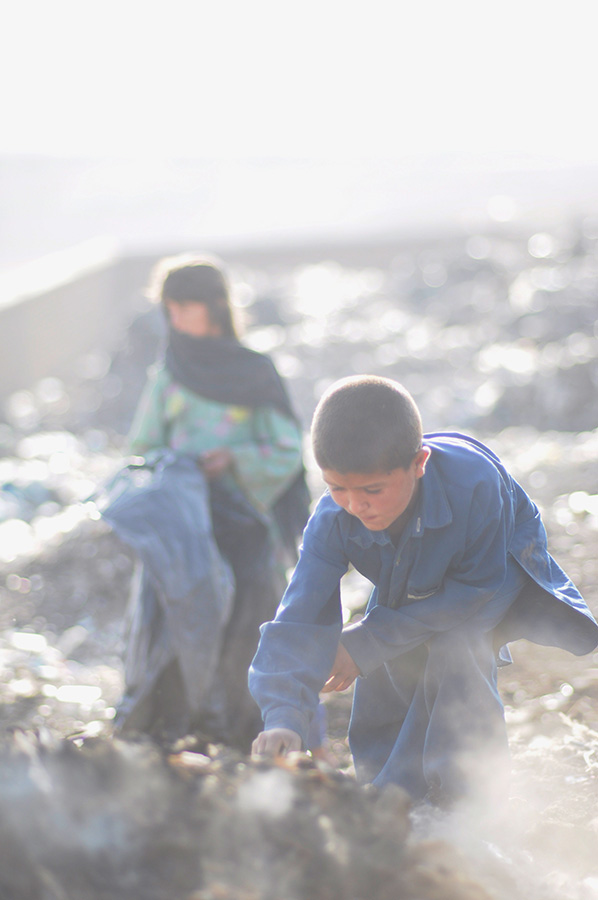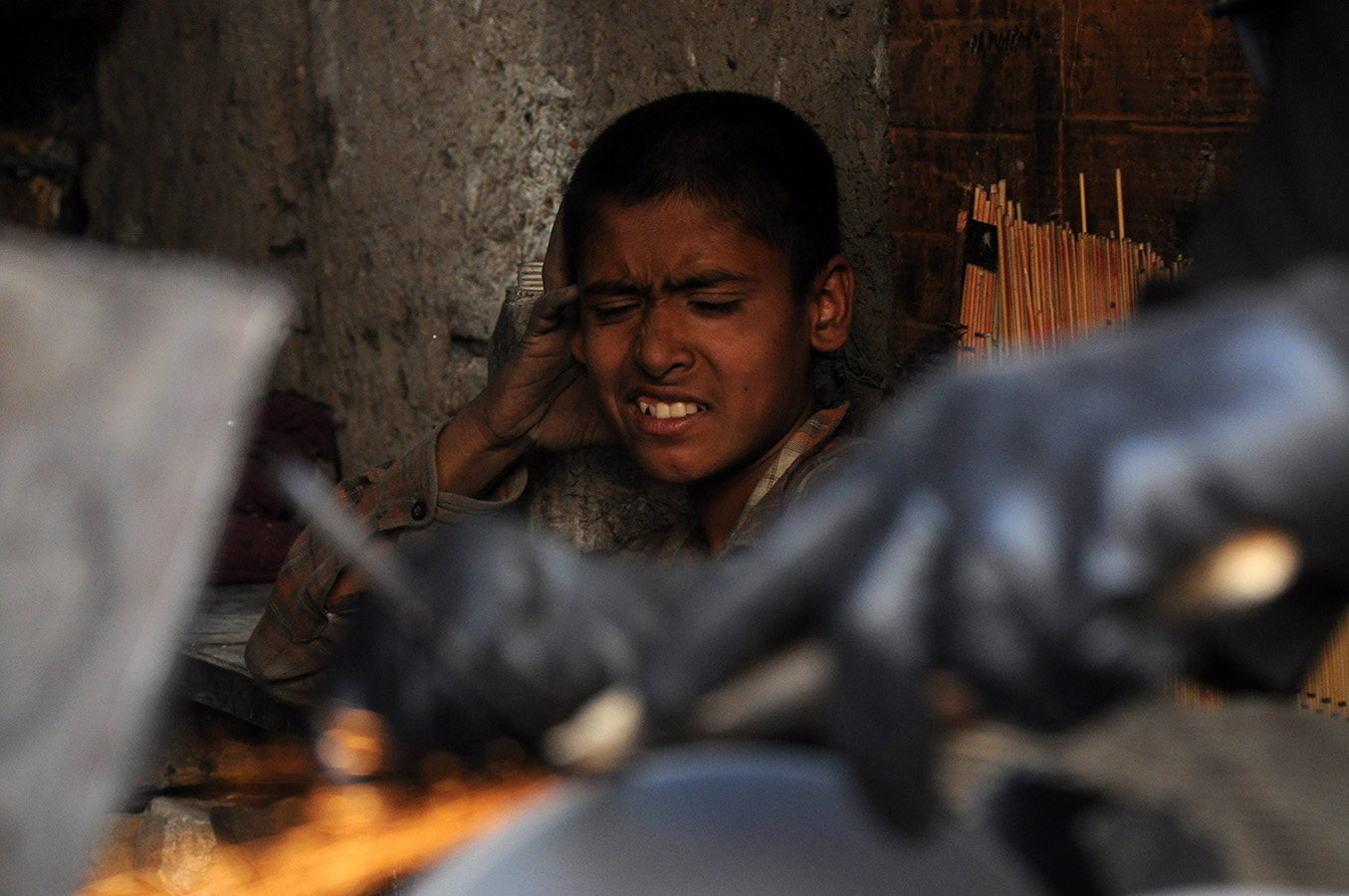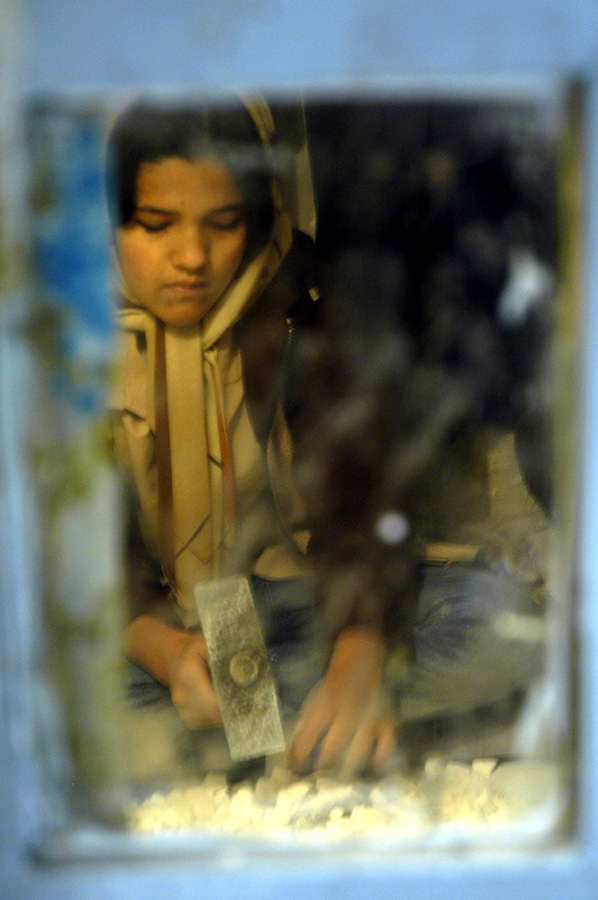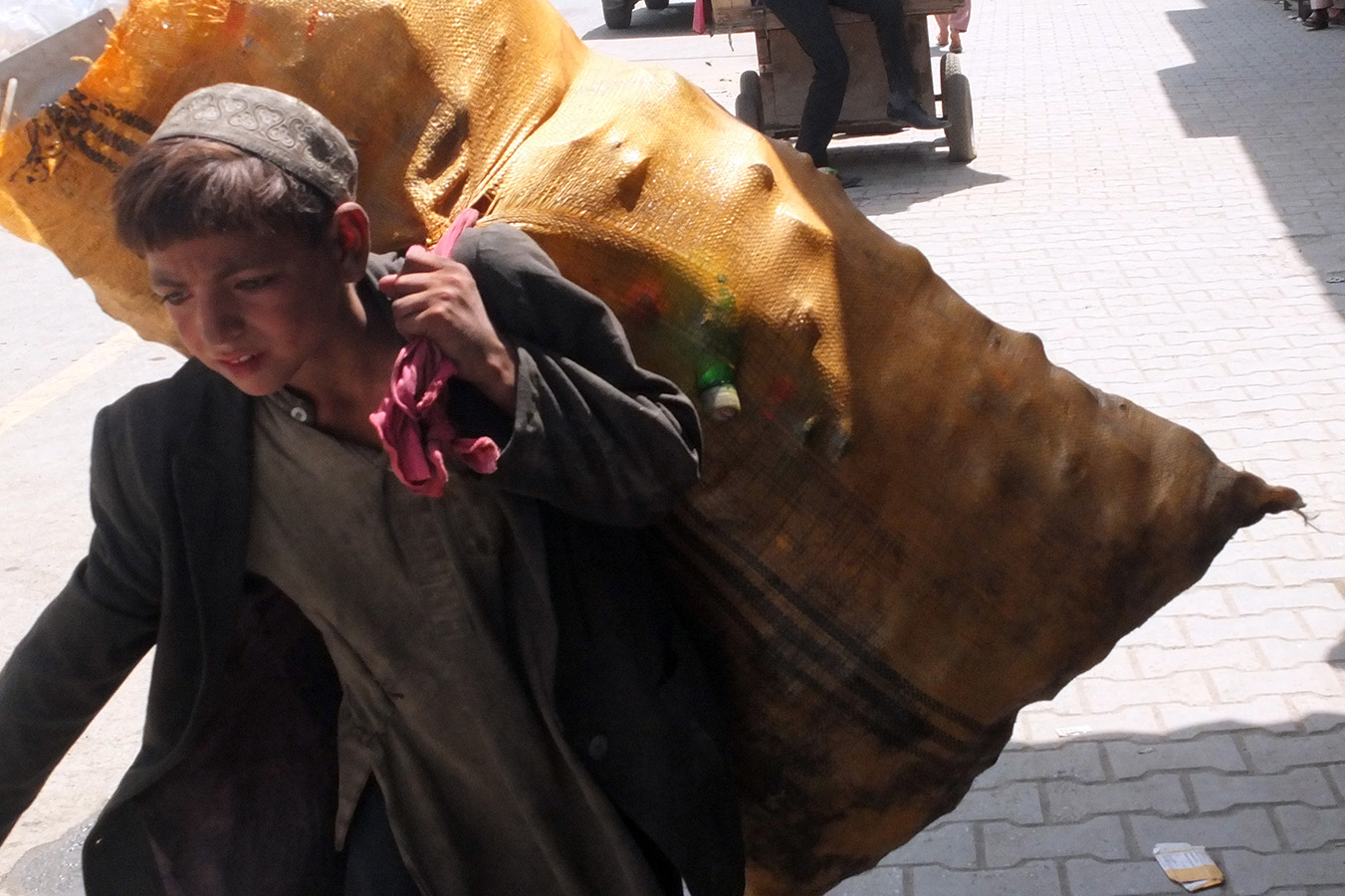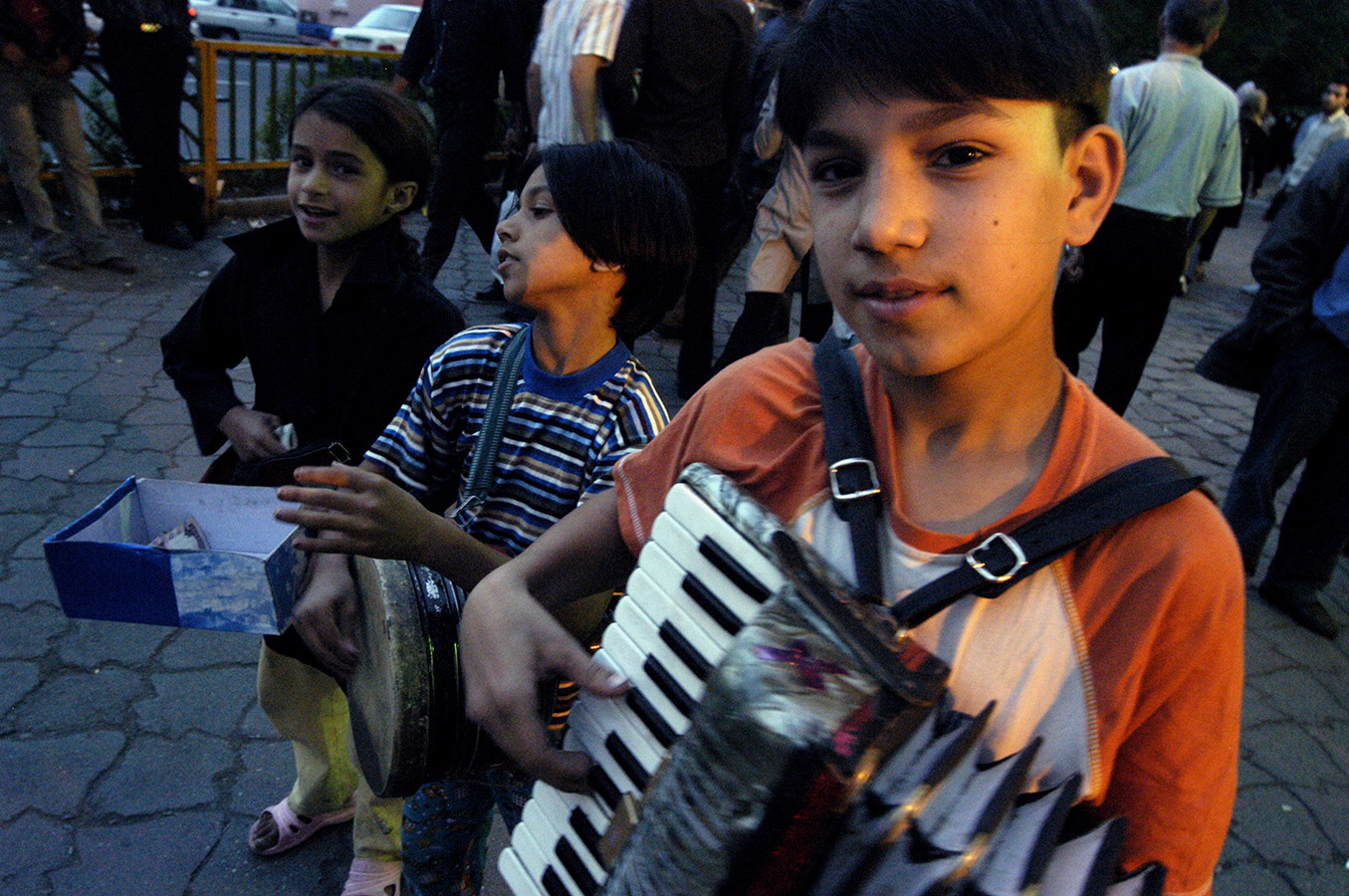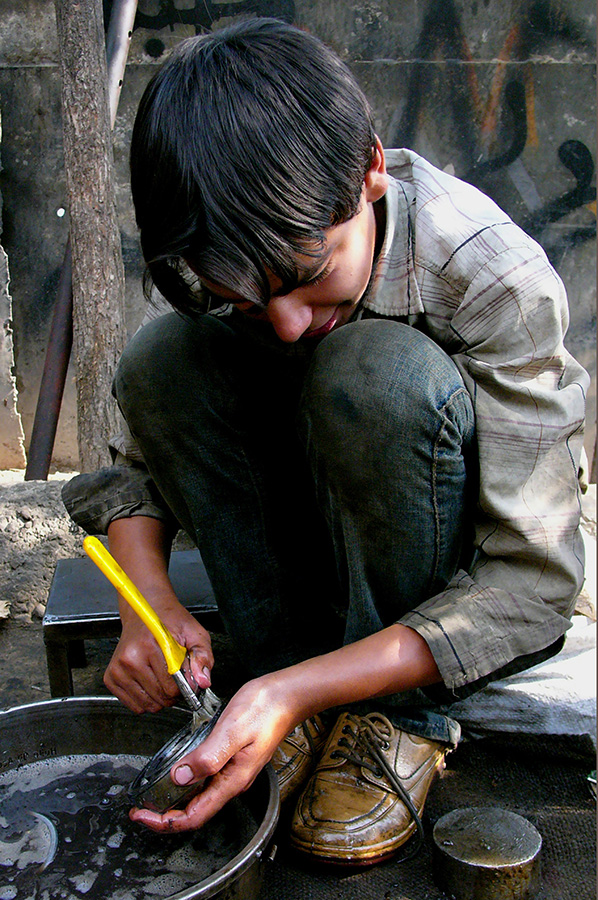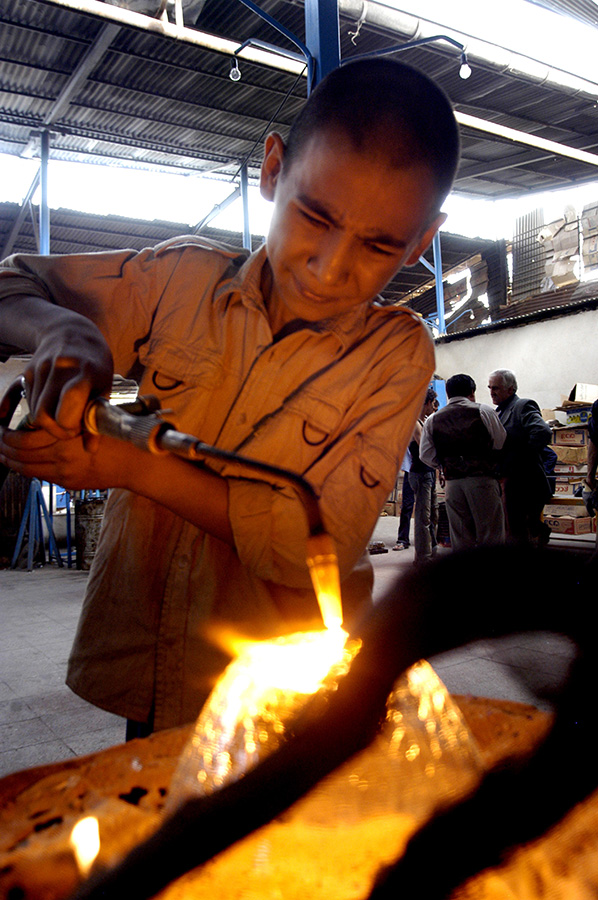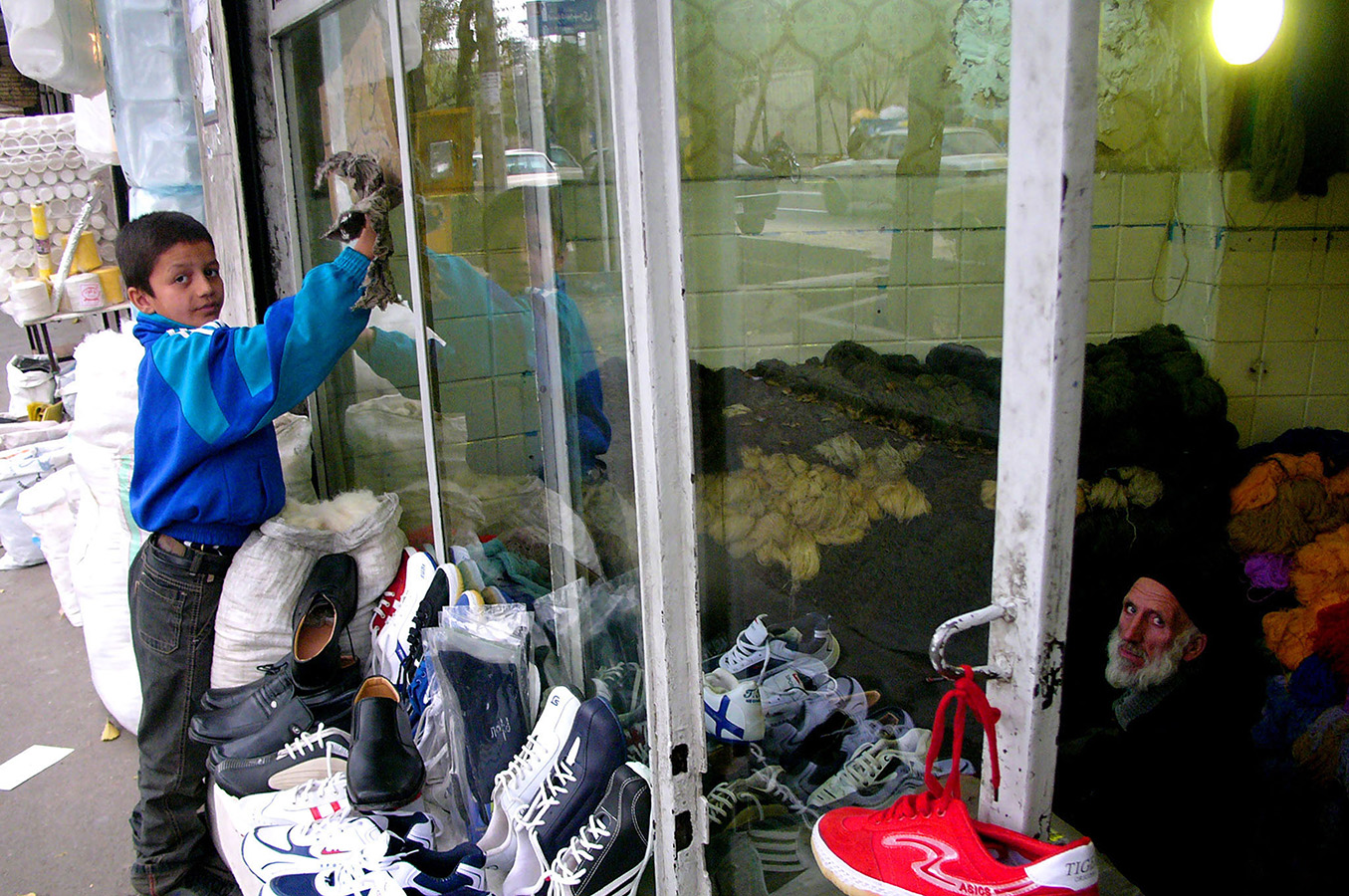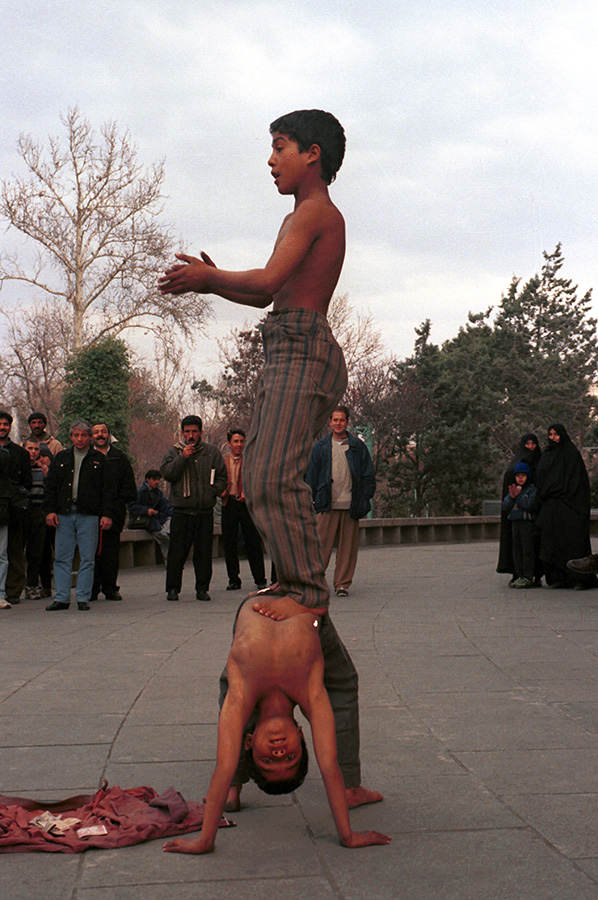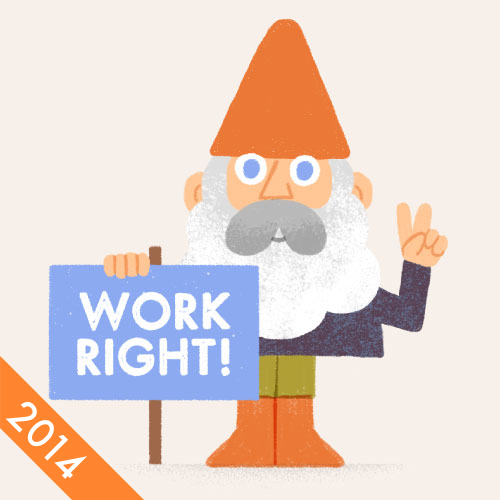Photojournalist Aslon Arfa provided us with a very insightful article and some gripping images reporting child labour in Afghanistan and his native Iran.
Aslon already shined a light on tough and less talked about social issues with his book “Black Crack in Iran”, published by Powerhouse. Black crack is a common hard drug in Iran, derived from heroin. It is much purer and much more lethal than brown heroin.
The dramatic situation he is now reporting on child labour asks for a swift and determined action from the Iranian government, but this might be a lot more delicate to handle than what you may think as a first thought. In case you’d like to know more, please go on reading the interesting article he provided us as a comment to the images.
As a journalist, you understand that your profession will force you to deal with some of society’s most pressing problems such as poverty, racism, addiction and war. You are asked to show people what is going on in the world and explain aspects of these intricate issues which are otherwise not so easy to grasp. When possible, you are expected to push governments to fight those problems and find solutions.
On my part, I have been concerned about the hardships that some children experience. Children are considered to be the most vulnerable members of society, because due to their age and limited knowledge they are defenseless. When a child is born into a caring and prosperous family within a healthy society, you can expect them to be successful. But if they are born into a poor, addicted family and a corrupted society, what future is waiting for them? Many of them will start seeking for a job at an early age. In other words, they become labor children, which according to the definition provided by Unicef means that “they engage in jobs that negatively affect their health and development or interfere with their education”.
Labor children are spread out all over the world but most of them live in under-developed countries. According to the statistics provided by the International Labor Organization (ILO) there are more than 250,000,000 labor children in the world.
Iran is not an exception. According to the Iranian official statistics quoted in the bulletin of an Iranian NGO, the Association for Supporting Labor Children (ASLC), in 2004 in Iran there were 380,000 children between 10 to 14 years old having permanent jobs and about 370,000 within the same age range working as seasonal workers. There’s no doubt that the actual number is much higher than this. Many of these children work in Tehran, Iran’s capital, because there are a lot more job opportunities for them there. They work because they do not have any other alternative, they need to provide for their families and to support themselves.
They usually live in poor neighborhoods, where they are exposed to prostitution and addiction. It’s not unusual for kids in this position to have addicted parents. In addition to Iranian youths, there are many Afghan refugee children having to deal with similar issues, with the added difficulty of being considered illegal immigrants.
I started to take photos of these children for two reasons. Firstly, I wanted to show everybody the children that work away from the public eye and whose jobs are usually harmful to them, both physically and mentally. Secondly, I wanted to emphasize the harm and humiliation to which are exposed the children that work on the street. In this country the public is so used to this sight that they overlook them without realizing what kind of situation they are really in.
Labor children in Iran can be divided into three main groups.
One is the children who work in factories and workshops. Their average income as full time workers is between 90 to 140 dollars per month.
Another is the children who work in the streets, like garbage collectors, beggars, and flower sellers. They earn more money than the first group but they do not learn any skills. For example Reza, a 10-year old garbage collector that picks up mostly metals in Niavaran (a wealthy district of Tehran) told me that he earns 9 to 10 dollars per day. Flower sellers and beggars income averages $100 per month, but during certain times of the year, like during Islamic holidays or national celebrations, they can earn a lot more. Mrs. Banasaz, head of ASLC states that some of them earn more than $500 in the month before Iranian New Year, because during that time people usually take better care of anyone around them.
The last group is children working in their own family households. For example the ones breaking large sugar cones into small cubes or the ones that make artificial flowers. In some villages of Iran is also common to find boys and girls working on farms, while some girls may weave carpets. They earn less than the other groups and in some cases their salaries are paid directly to their parents. Ms. Hashemi, a high ranking social worker at ASLC, said that the price of breaking a 50kg sugar cube is about $1.
The eradication of child labor needs a multi-aspect and long-term solution. Reducing addiction, combating poverty, increasing public awareness, are among the measures to be taken. However, as an immediate short-term solution what ASLC is proposing to the Iranian government is to change its attitude towards child labor. This means that the authorities and law makers should bear in mind that due to their poverty, these children need their jobs. They should not be arrested and forced to give up working. The duty of the government should be to supervise the work places where children work in, to make sure the types of tasks assigned are not harmful to them in any way. Moreover, the government should deploy dedicated social workers in places where children labor is prevalent. Children would then be provided with the necessary psychological and social support. In ASLC’s view, care centres delivering such services would be also useful to research these children. Both of these solutions seem very reasonable.
For what concerns us, as ordinary citizens, the least we can do is to avoid humiliating these young people and not despise them.
Finally, I should mention that ASLC, being the foremost Iranian NGO fighting the child labor issue, helped be a great deal in this investigation. Through them, I could meet labour children and families, visit their houses and work places.
The major activities that ASLC carries out include children education, that is delivered during their free time. They also provide health and medical services, they train and counsel mothers and families, teaching them children rights.
